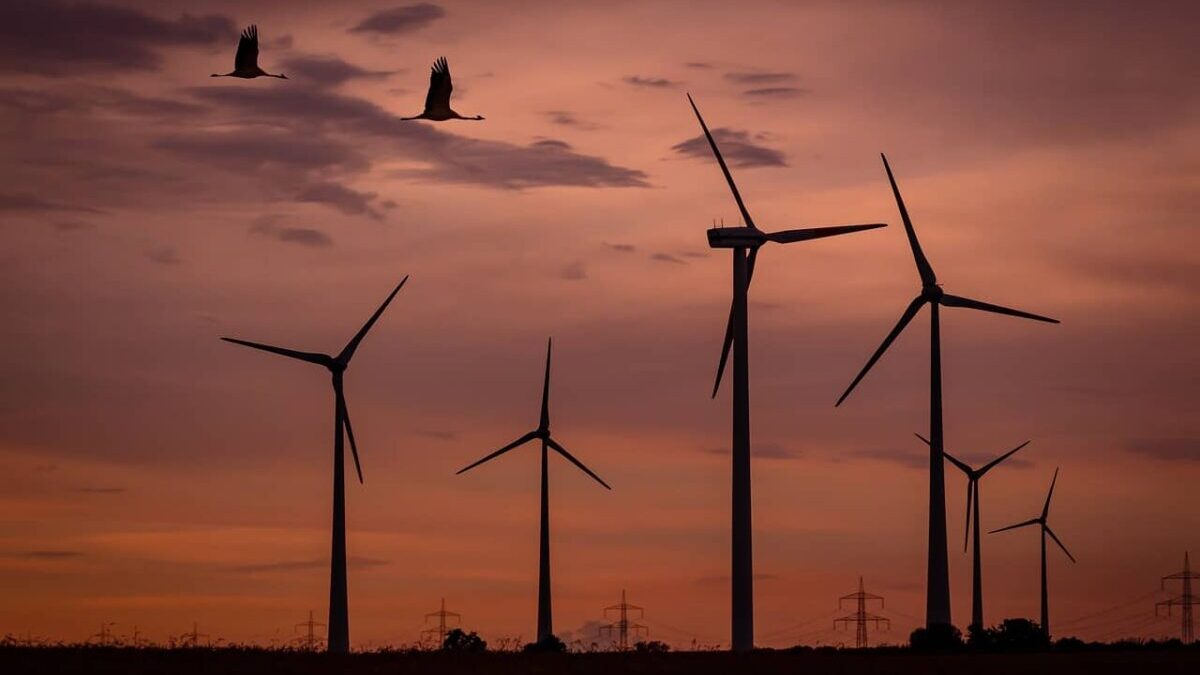Following the delivery of Siemens Gamesa‘s first recyclable offshore wind turbine blades earlier this year, the company has just announced the formal launch of its “world first” recyclable wind turbine blade for onshore power projects, according to Electrek.
This significant achievement is expected to accelerate efforts to further improve the sustainability of wind energy and develop a truly circular industry.
| “Launching our RecyclableBlade for onshore sites is another outstanding achievement from our dedicated professionals,” said Siemens Gamesa CEO Jochen Eickholt. “The concept was always foreseen to encompass solutions for offshore and onshore, and we’re pleased to now provide them commercially to our customers in both market segments.” |
Launched in September 2021, the Siemens Gamesa RecyclableBlade for offshore was erected in July 2022 at the 342-megawatt Kaskasi offshore wind farm in Germany.
The sizes and availability of the recyclable onshore blades, as well as their current production numbers, have not yet been disclosed by Siemens Gamesa.
Several composite materials, including resin, glass, and fibers, are used in the conventional production of wind blades and are usually discarded at the end of a wind farm’s lifetime.
| “Separating the resin, fiberglass, and wood, among others, is achieved through using a mild acid solution. The materials can then go into the circular economy, creating new products like suitcases or flat-screen casings without the need to call on more raw resources.” |
However, Siemens Gamesa reports that even though over 85% of the composite elements of a wind turbine may be completely recycled, many of the blades still end up in landfills after decommissioning.
By 2030, all of Siemens Gamesa’s wind turbine blades will be 100% recyclable. By 2040, all of its wind turbines will be totally recyclable.
A 2021 study entitled “Wind turbine blade material in the United States: Quantities, costs, and end-of-life options” by Aubryn Cooperman, a wind energy analyst at the National Renewable Energy Laboratory, states that this technology needs to be implemented immediately as wind power increases across the globe:
| “Assuming a 20-year turbine lifetime, the cumulative blade waste in 2050 is approximately 2.2 million tons. This value represents approximately 1% of remaining landfill capacity by volume, or 0.2% by mass.” |
Siemens Gamesa is urging a ban on landfilling of blades throughout Europe in conjunction with the industry body WindEurope and other significant stakeholders in the sector.
| “We are driving the wind industry towards full circularity with our commitment to make wind power as sustainable as it can be at every stage of its lifetime,” said Tim Dawidowsky, Siemens Gamesa’s chief operating officer and chief sustainability officer. “Together with our customers and our suppliers, we want wind power solutions from Siemens Gamesa to continue to help countries around the world meet their net zero carbon emission goals.” |

